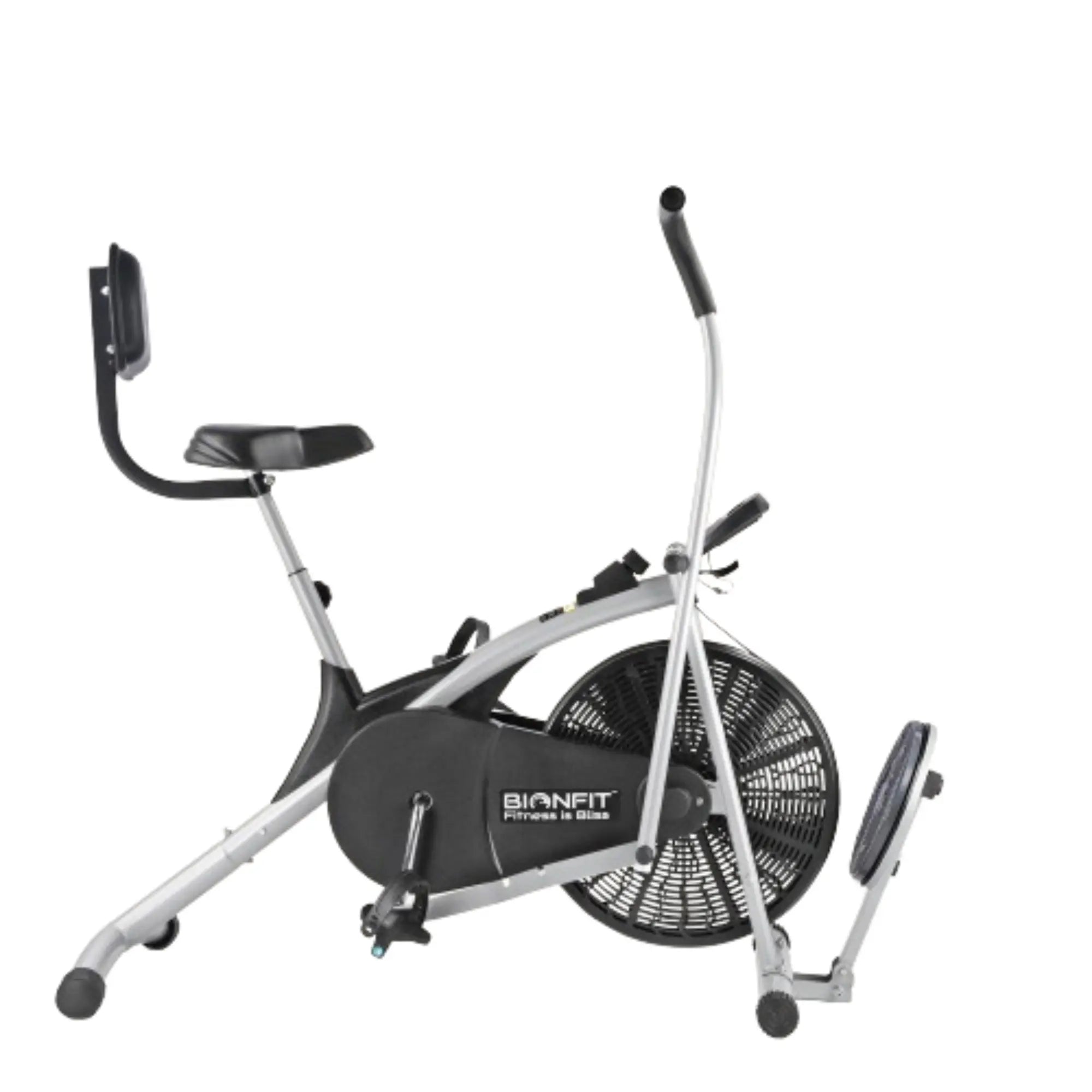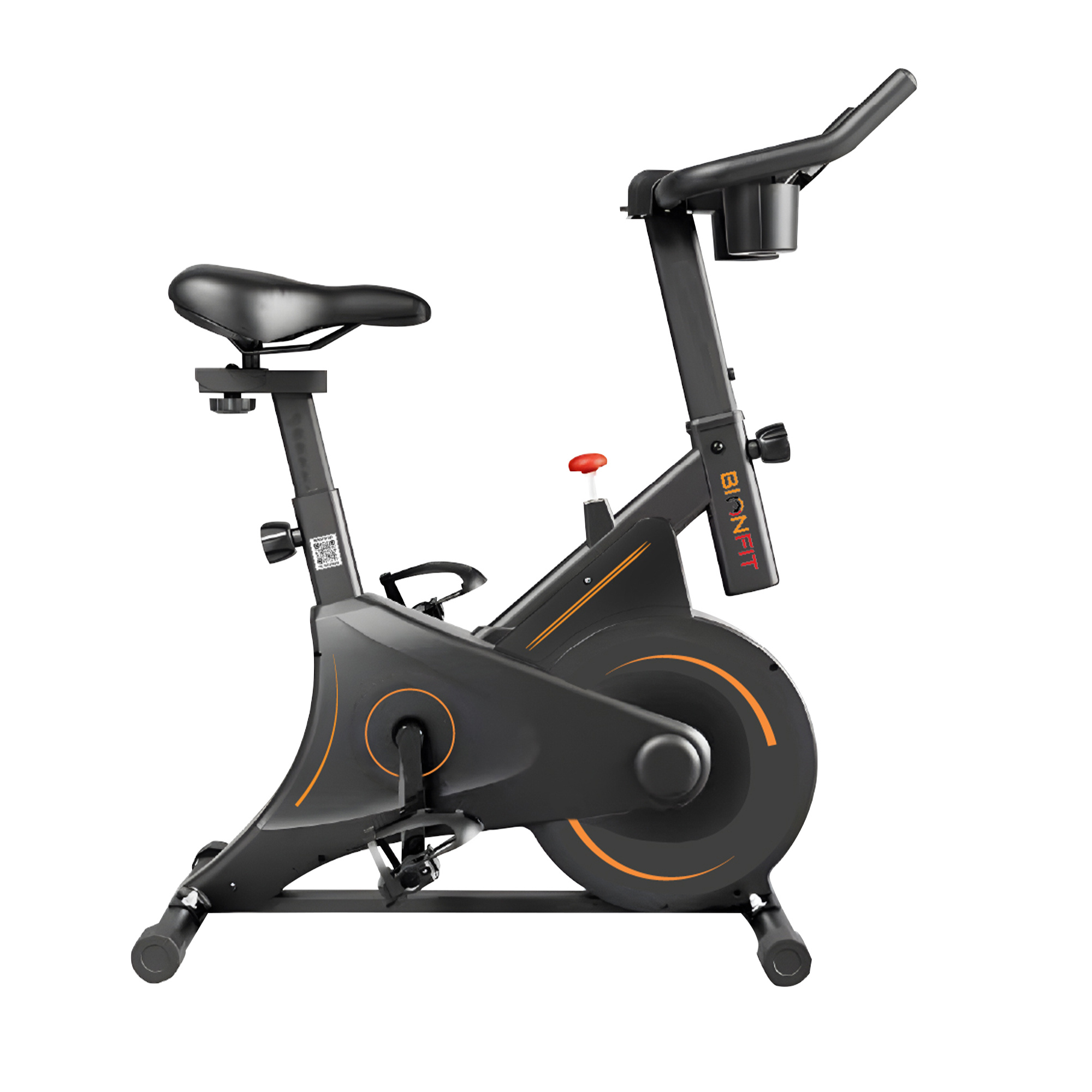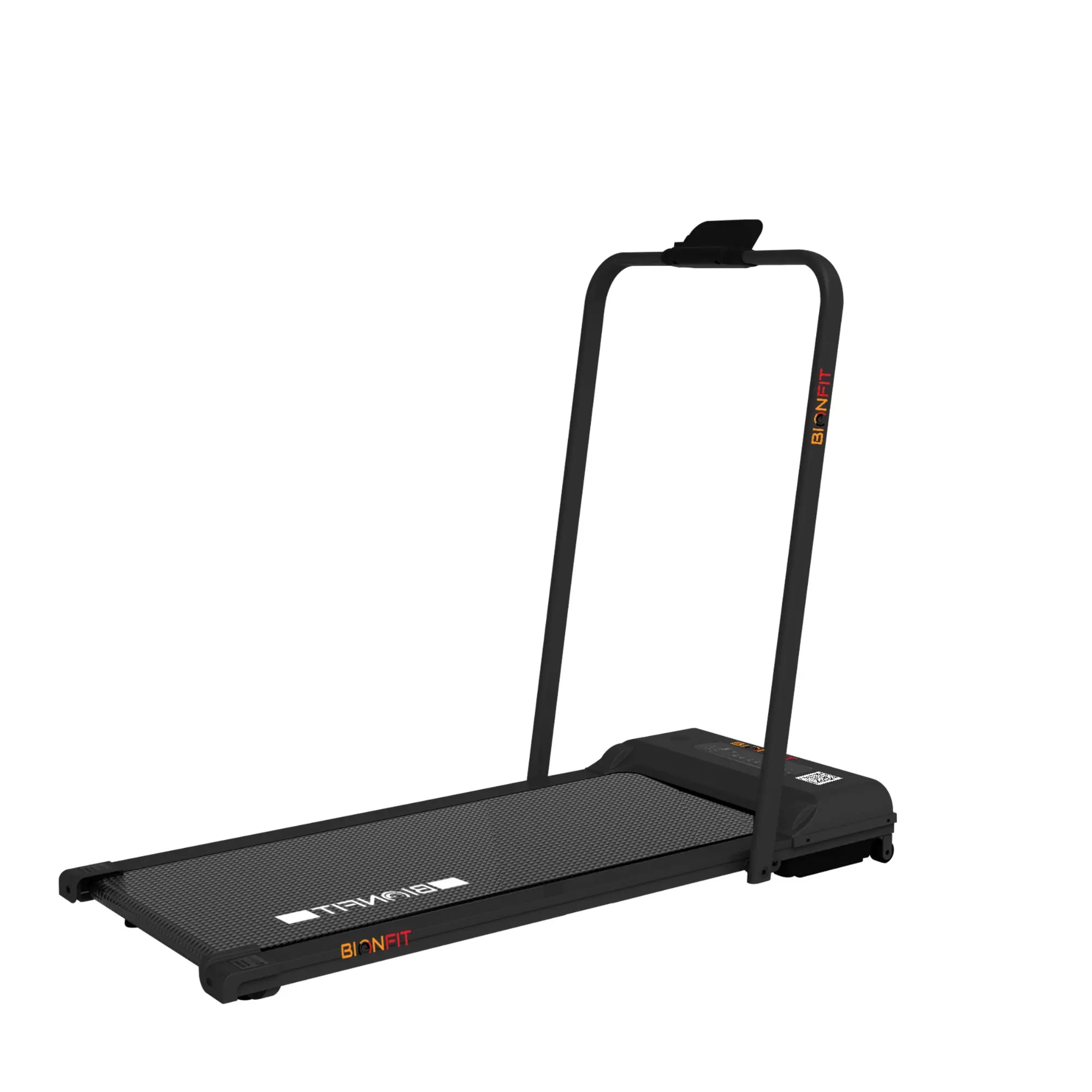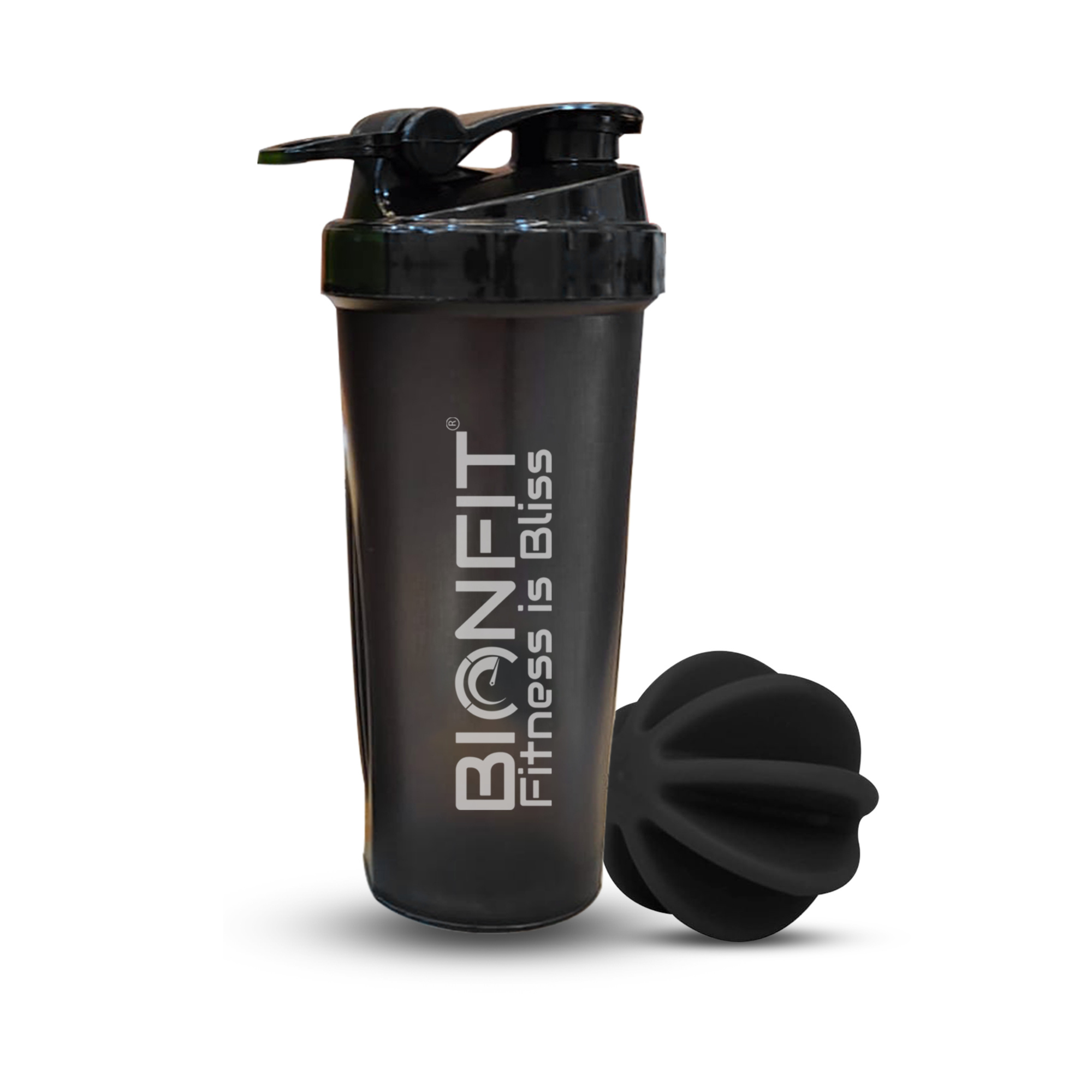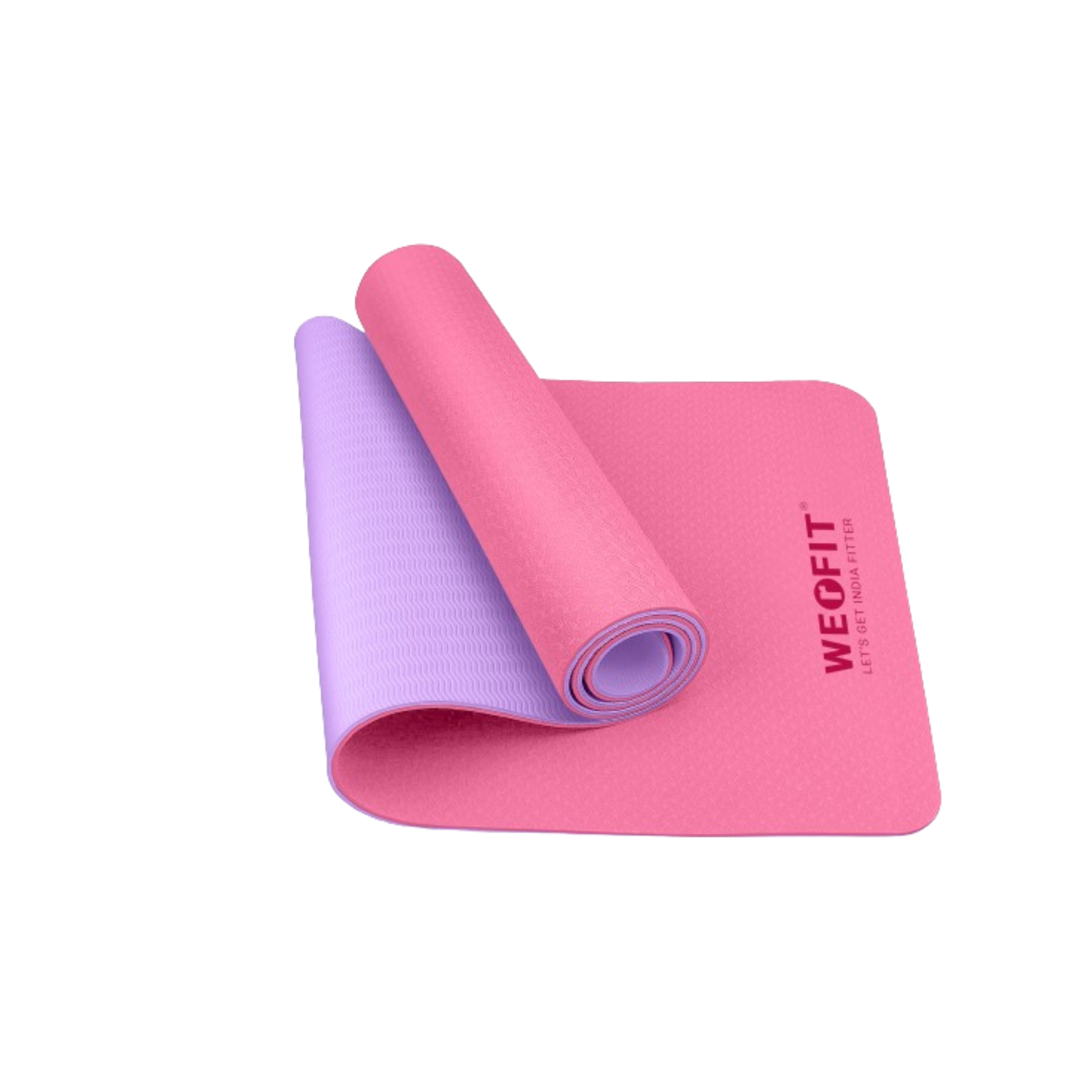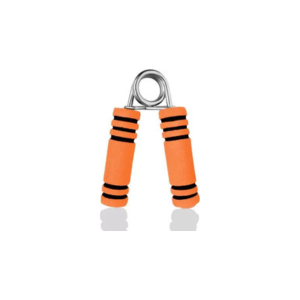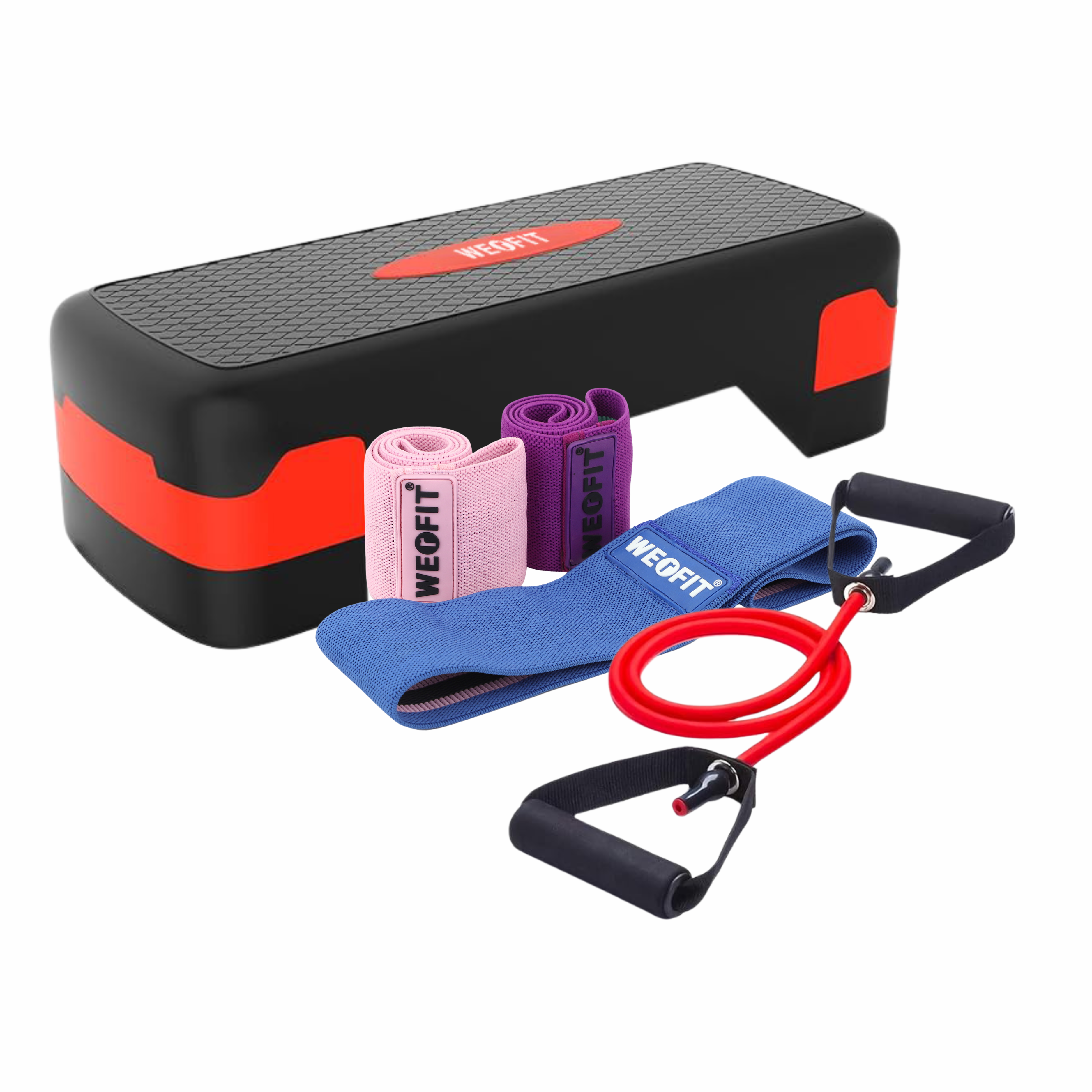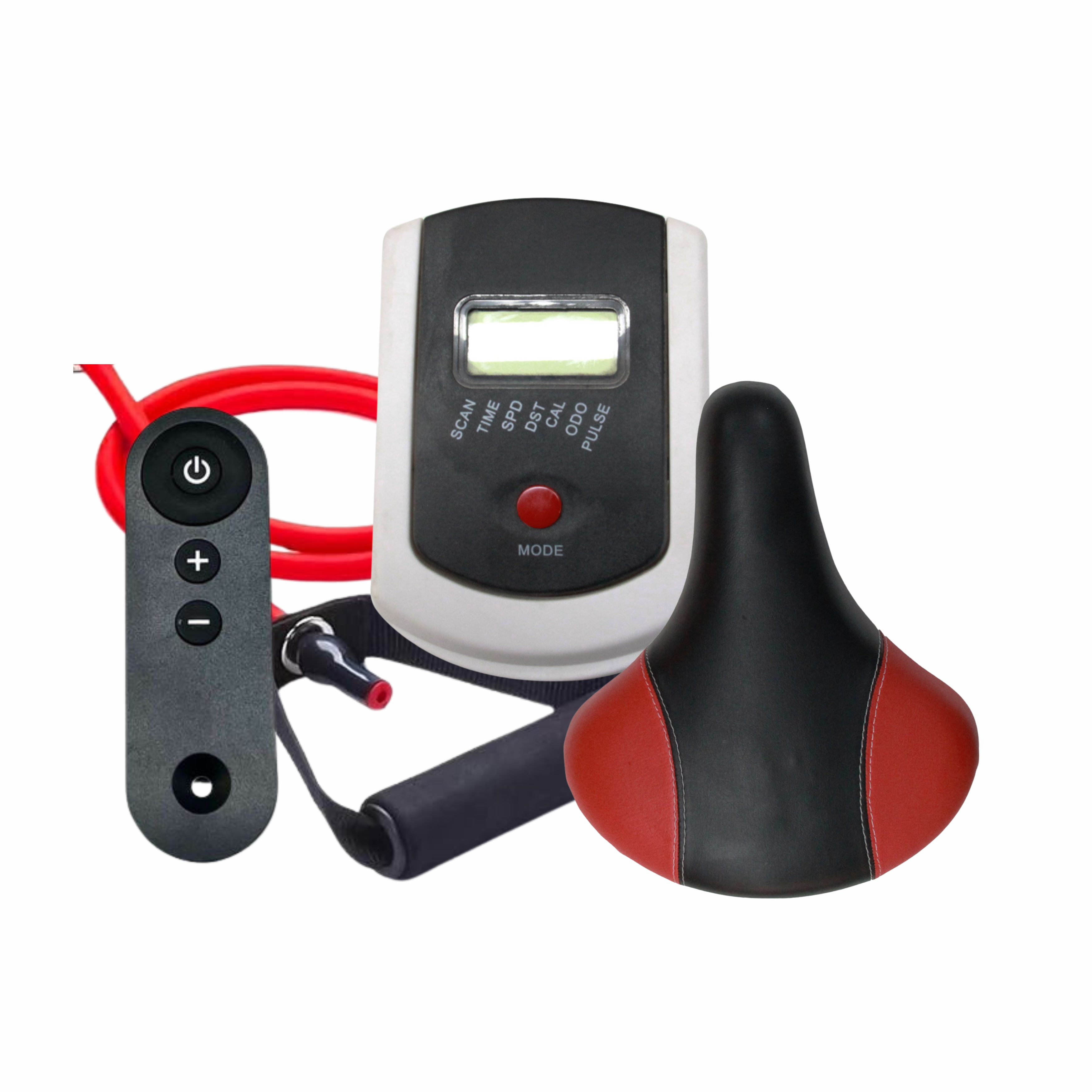
Air Bike vs. Traditional Exercise Bike: Which is Better for Home Use?
Introduction
With more people opting for home workouts, choosing the right exercise equipment can be challenging. Among the most popular options are air bikes and traditional exercise bikes. While both are effective for cardiovascular training, they differ in terms of design, resistance, and workout experience. This guide compares the two to help you decide which is better for your home gym.
With more people opting for home workouts, choosing the right exercise equipment can be challenging. Among the most popular options are air bikes and traditional exercise bikes. While both are effective for cardiovascular training, they differ in terms of design, resistance, and workout experience. This guide compares the two to help you decide which is better for your home gym.
What is an Air Bike?
An air bike, also known as a fan bike, is a unique type of stationary exercise bike. Unlike traditional bikes that use magnetic or friction resistance, air bikes generate resistance through a large fan connected to the front wheel. The harder you pedal, the more air resistance is created, making the workout more intense.
Key Features:
- Air Resistance: The resistance increases with pedaling speed, offering infinite resistance levels.
- Full-Body Workout: Features moving handlebars, allowing for an upper-body workout.
- High-Intensity Training: Ideal for HIIT (High-Intensity Interval Training) and calorie burning.
- Durable Design: Often built with reinforced frames and components for stability during intense workouts.
What is a Traditional Exercise Bike?
Traditional exercise bikes come in various types, including upright and recumbent bikes. They are equipped with resistance mechanisms such as magnetic or friction systems, allowing users to adjust resistance levels manually.
Key Features:
- Magnetic/Friction Resistance: Offers smoother and more consistent resistance compared to air bikes.
- Specific Muscle Focus: Mainly targets the lower body, providing a good cardiovascular workout without intense upper body engagement.
- Comfort-Oriented Options: Recumbent bikes provide back support, making them suitable for people with joint issues.
- Quiet Operation: Magnetic resistance bikes tend to be quieter, suitable for shared living spaces.
Head-to-Head Comparison: Air Bike vs. Traditional Exercise Bike
-
Resistance Mechanism
- Air Bike: Utilizes air resistance that adapts to the user's effort. The harder you pedal, the higher the resistance, making it suitable for all fitness levels.
- Traditional Exercise Bike: Uses magnetic or friction-based resistance. The user manually adjusts the resistance, which remains constant regardless of pedaling speed.
-
Workout Intensity
- Air Bike: Perfect for high-intensity interval training (HIIT), providing a challenging workout that targets both the upper and lower body.
- Traditional Exercise Bike: Offers a more controlled and steady-state cardio workout. It is less intense on the upper body but can still help improve endurance and burn calories.
-
Versatility
- Air Bike: Better for people looking for full-body engagement and those who enjoy short, intense bursts of activity.
- Traditional Exercise Bike: More suited to users who prefer a steady pace, longer cardio sessions, or require low-impact exercise.
-
Space Requirements
- Air Bike: Tends to be larger and may require more space due to the fan design.
- Traditional Exercise Bike: Available in compact designs, particularly upright models, making them a better fit for smaller spaces.
-
Price Comparison
- Air Bike: Generally more expensive due to the durable build and fan resistance system.
- Traditional Exercise Bike: Offers a wide range of price points depending on the features, with basic models often being more affordable.
-
Maintenance Needs
- Air Bike: Requires regular cleaning to prevent dust from affecting the fan’s performance. The chain or belt may need occasional maintenance.
- Traditional Exercise Bike: Magnetic bikes are low-maintenance, while friction-based models may need pad replacements.
Which is Better for Home Use?
Choosing between an air bike and a traditional exercise bike depends on your fitness goals, space, and budget:
- Best for High-Intensity Workouts: If you prefer short, intense workouts, the air bike is the better choice. Its infinite resistance allows for pushing limits.
- Best for Steady Cardio and Rehabilitation: Traditional bikes, especially recumbent models, are ideal for those needing lower-intensity, consistent cardio or rehabilitation.
- Space-Saving Needs: Traditional upright exercise bikes are usually more compact and easier to store.
- Budget-Friendly Option: Traditional exercise bikes offer more variety in price points, especially entry-level models.
FAQs
1. What is the best exercise bike for beginners?
For beginners, a traditional upright exercise bike with adjustable resistance is recommended. It allows for a gradual increase in workout intensity.
2. Can you lose weight with an air bike?
Yes, the air bike's high-intensity nature can burn a significant number of calories, making it effective for weight loss.
3. How does air resistance affect workout intensity?
Air resistance increases as you pedal harder, allowing you to control the workout intensity. It suits users seeking a challenging and customizable cardio session.
4. Are traditional exercise bikes good for knee rehabilitation?
Yes, especially recumbent bikes. Their reclined position reduces strain on the knees, making them suitable for rehabilitation.
Conclusion
Both air bikes and traditional exercise bikes have their advantages for home use. Your choice should depend on your workout style, goals, and available space. An air bike is great for high-intensity workouts, while a traditional exercise bike offers a quieter, steady-paced alternative suitable for all fitness levels.

